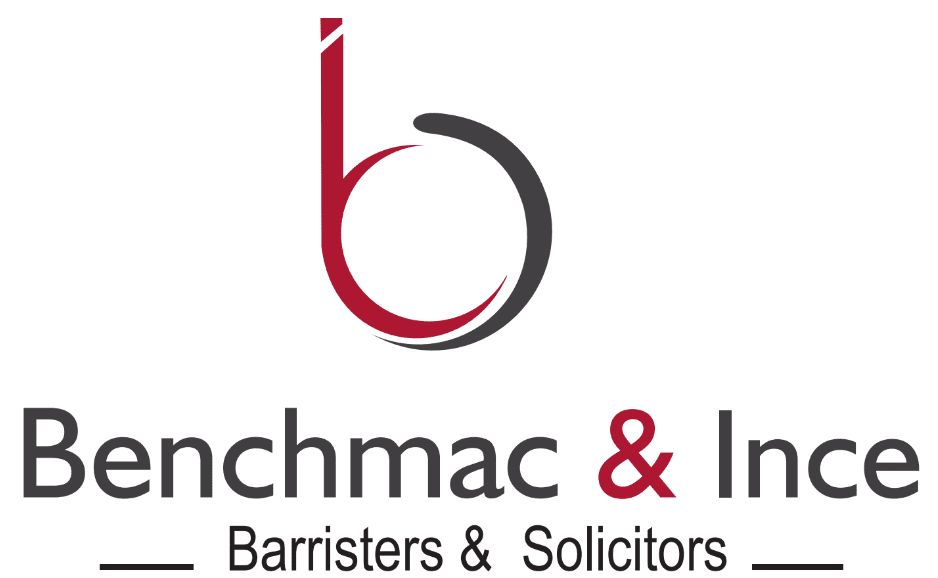There has been much ado about implementing a cost reflective tariff especially in recent times by key sector participants: Generating Companies (GenCos), Transmission Company of Nigeria (TCN) and the Distribution Companies (DisCos). On March 31, 2020, the Nigerian Electricity Regulatory Commission (NERC) issued an order titled NERC Order No: NERC/198/2020 – Order on the Transition to Cost Reflective Tariffs in the Nigerian Electricity Supply Industry (the Order) which highlighted the rationale behind the immediate lack of transitioning to cost reflective tariffs. My recent article, Transitioning to Cost Reflective Tariff within the Nigerian Electricity Supply Industry details the full order.
Here are the highlights of why NERC is not ready to increase electricity tariffs[1]:
- Inability of the DisCos to Guarantee Quality of Service
According to NERC, customers are willing to pay the appropriate rates for services rendered but will not do so when electricity is grossly unstable, hours of service is unassured and the quality of power is poor. The DisCos had promised to guarantee all of the above when entering the contract but have failed woefully in keeping their end of the bargain. To this end for a cost reflective tariff to be instituted and for the DisCos to be eligible for full cost recovery they will be required to deliver a higher quality of service and meet their agreed performance targets.
- Lack of Metering
Without nationwide metering, DisCos cannot collect payments for electricity consumed by its customers which is what leads to a collection shortfall. In order to curb the practice of estimated billing, NERC introduced the Meter Asset Provider (MAP) Regulation 2018 which provided that the DisCos’ use a third party financier to supply meters in the NESI which customers are to pay for. It was expected that the MAP regulation will close the metering gap but this has not been the case. There is still a whopping 60% gap in the NESI and this constitutes a major impediment to an immediate tariff review. It does not help that with the recent covid-19 pandemic components to assemble the meters for customers through importation has been hit.
- The Impact of the COVID-19 Pandemic
In November 2019 the Coronavirus shortly termed as COVID-19 begun to spread globally. It became a pandemic in 2020 and has greatly impacted on global economies. The average Nigerian today is struggling financially as certain parts of the country have been locked down which restricted businesses and affected the livelihood of many. Increasing electricity tariff in these times will amount to creating more hardship in an already difficult time.
- Lack of Investment in the DisCos Infrastructure
NERC acknowledges that to improve quality of service, there needs to be investment in the feeders, transformers and protection equipment of the DisCos. Power companies are unable to attract financing due to the liquidity constraints in the electricity sector which has further crippled the efficiency of these companies. There can be no improvement in the productivity when finances are not available for important projects.
In light of the foregoing, NERC has suspended the institution of a cost reflective tariff which ought to have done as at 1st of April 2020[2] and instead extended the enforcement period to June 30 2020. Existing tariffs have been retained and will continue till June 2020.
[1] NERC Order No: NERC/198/2020 – Order on the Transition to Cost Reflective Tariffs in the Nigerian Electricity Supply Industry
[2] December 2019 Minor Review of the Multi Year Tariff Order (MYTO) 2015 and Minimum Remittance Order for the Year 2020
The opinions in the articles are for general information purposes only and do not form a legal relationship or be taken as legal advice. To explore legal advice, please consult your solicitor or feel free to get in touch with us directly.

